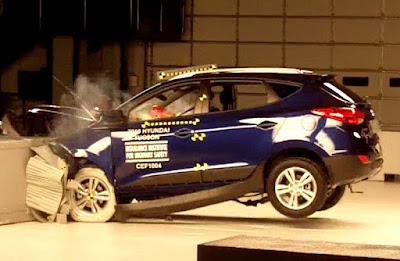What is Bearings? Classification of bearing
vào
01 Jun, 2020
WHAT IS BEARING AND IT'S CLASSIFICATION
 |
| Bearings |
What is bearing
Ball bearing is a mechnical part which is installed to least or incounter the friction between to meshing part which are running over each other so-called this like a antifriction, bearings.
The operation of a ball bearing is to connect two machine members that are in relative motion to one another in such a manner that the frictional resistance to motion is minimum.
In other application one of the members is a rotating and the other a fixed housing there is bearing is also used.
Ball bearing is a mechnical part which is installed to least or incounter the friction between to meshing part which are running over each other so-called this like a antifriction, bearings.
The operation of a ball bearing is to connect two machine members that are in relative motion to one another in such a manner that the frictional resistance to motion is minimum.
In other application one of the members is a rotating and the other a fixed housing there is bearing is also used.
Part of bearing
There are three main parts of ball bearing:
There are three main parts of ball bearing:
Two grooved,
Races or tracks
Number of hardened steel balls.
Types
Bearing types
Ball Bearings
Ball Bearings use balls for the rolling element.
As a rule, ball bearings rotate at very high speed but cannot support substantial loads.
As a rule, ball bearings rotate at very high speed but cannot support substantial loads.
Deep-Groove Ball Bearings
The most commonly used bearings
Because,
When radial forces they absorb in both directions.
Because,
When radial forces they absorb in both directions.
Need less torque to move makes this suitable for high speeds.
Deep-Groove Ball simple in design, and used for a wide range of applicaitons
 |
| Deep groove ball bearing |
Angular Contact Ball Bearings
Angular Contact Ball Bearings are know by it's contact angle. This means that forces are act on this type of bearing at a particular angle.
Angular-contact ball bearings are for combined loads, where high axial forces have to be transferred in with addition radial forces.
Self-Aligning Ball Bearings
In this type of Bearings system double row of balls guided by a cage and double row inner ring race but have the special feature of self-alignment in their respective application.
This type of bearing is used where alignment of the shaft and the housing misalignment)
 |
| Self aligned Bearing |
Thrust Ball Bearings
Thrust Ball Bearings have two bearing discs and race for the balls.
It used to babsorbing axial forces of one direction,
Roller Bearings
Roller Bearings are know by line contact. Line contact offers higher load rating than the ball bearings at the same size;
but the speed ability is lower than a ball bearing due to the increased friction by contact of a line.
Spherical Roller Bearings
Spherical Roller Bearings are quite same and work on the same principle as Self-aligning bearings with the difference is that this use spherical rollers inplace of ball rollers that's allowing higher loads to be supported.
Used for misalignments between the shaft and the housing.
 |
| Spherical roller bearing |
Cylindrical Roller Bearings
The cylindrical roller bearings are able to withstand with large radial loads. The bearing is a single-row bearing
The cylindrical roller bearings are able to withstand with large radial loads. The bearing is a single-row bearing
they may able to transmit limited amounts of axial loads.
 |
| Cylinder roller bearing |
Tapered Roller Bearings
In tapered roller bearings, the inner & outer rings and the rollers are tapered in order to support axial and radial loads. In these bearings, the ratio of the axial and radial loads support depends upon the angle between the roller and bearing axes. Higher the angle helps to support a higher axial load.
Needle Roller Bearings
In needle roller bearings there are long and thin rollers, these bearings are used for applications where radial space is limited.
In needle roller bearings there are long and thin rollers, these bearings are used for applications where radial space is limited.
If space is constricted, needle bearings can be a good solution.














